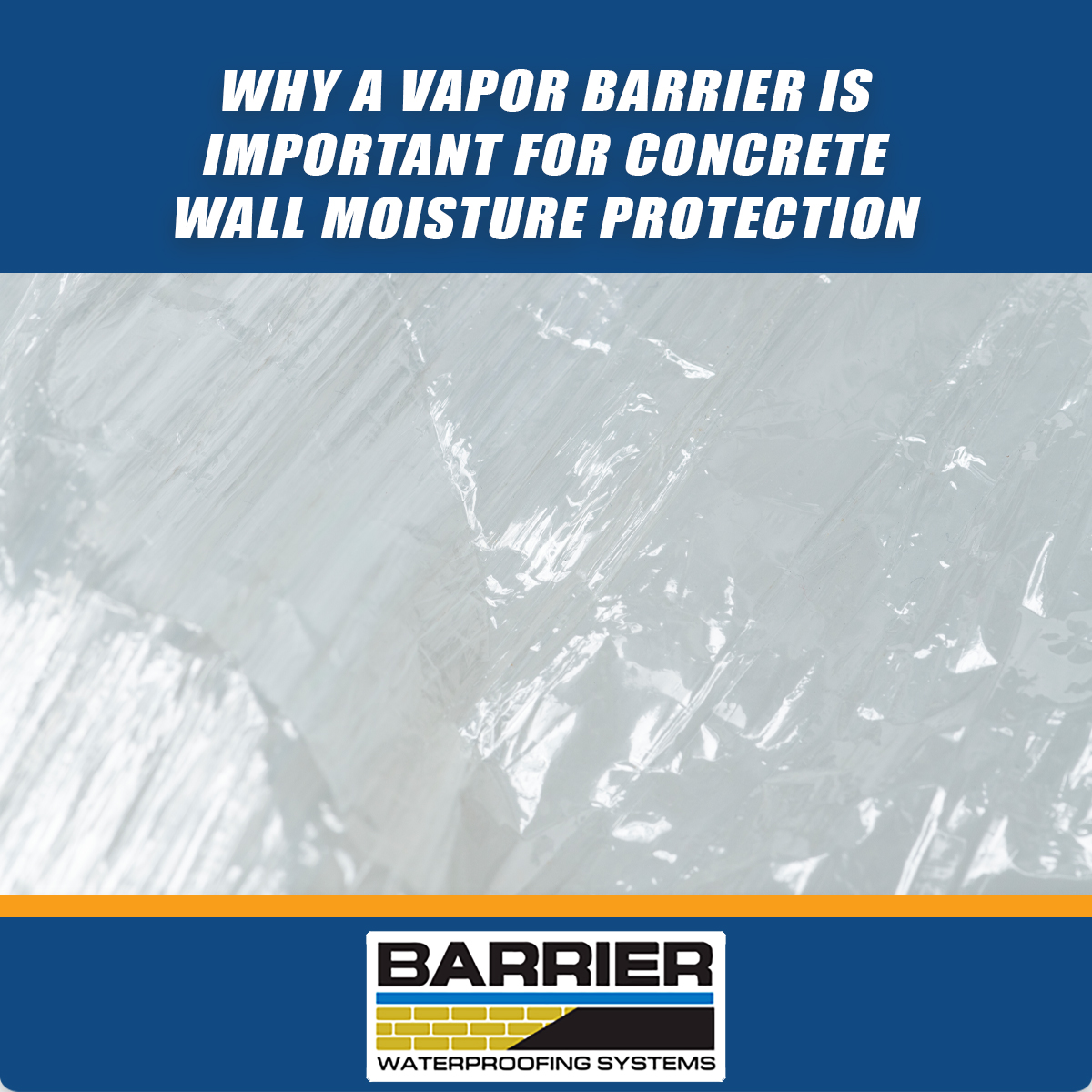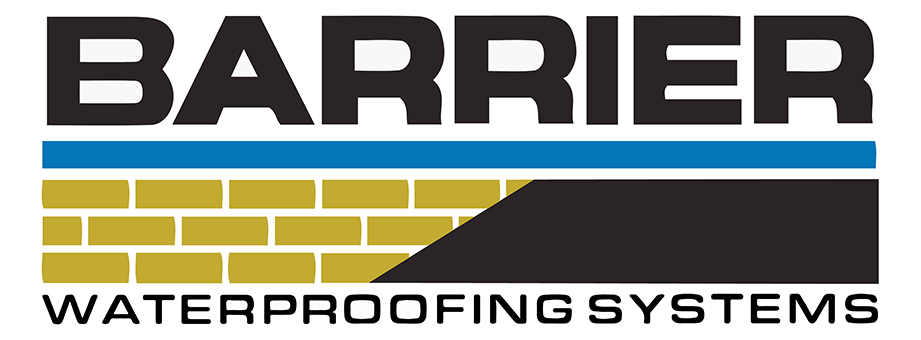If basement wall systems are designed and built to keep indoor spaces dry, no matter where the insulation layers are located, interior vapor barrier materials should be avoided. If the basement is not properly insulated, hot air from the basement can seep into the foundation. For this reason, your basement does not need to be insulated in the same way as false walls and requires special insulation techniques. You may need to install waterproofing in the basement if you have batting insulation, for example.
You don’t need a basement moisture barrier if you have foam insulation. Once the basement is sufficiently watertight, the insulation will help prevent condensation. A basement vapor barrier is a great benefit because it will help prevent moisture from entering the basement at any time and causing unwanted damage to the building. When building a new house or repairing a basement, a vapor or moisture barrier is most effectively installed as part of the construction.
It is best to lay the vapor barrier in the basement against the foundation walls before installing the pillars and before performing the main insulation. Installing a vapor barrier will help keep moisture in the basement and prevent moisture from seeping through walls and floors, leaving no room for mold. Once groundwater is controlled, proper use of basement insulation, vapor barrier, and wall sealant can help keep the basement dry and safe. You should not rely on an airtight basement for moisture protection.
The reality is that moisture in one form or another will always exist in the basement of a modern home. Water in the ground (no landscaping will stop everything), condensation, dampness, dampness from the stove or shower – to deny the water vapor that surrounds us all day is a stupid idea. Water vapor can pass through the concrete from underground or from indoor air that comes into contact with the concrete. Water vapor can condense if it passes through walls, ceilings, or other obstructions and comes into contact with any surface or material below the dew point.
A vapor barrier is a material used to prevent water vapor from penetrating a wall, ceiling, or floor during a cold winter. The intelligent vapor barrier adapts to the removal of moisture from the wall, regardless of whether the humidity level is higher outside the wall (winter) or indoors (summer). Drywall or green foil is not resistant to moisture trapped by the barrier. Polyethylene plastic used in the basement is often referred to as waterproofing, yet there are some contradictions.
Water that forms on the polyethylene barrier gets inside the barrier and allows mold to grow. Moisture from the warm, humid outside air that fills the wall cavity then begins to condense on the cool outer surface of the vapor barrier (assuming it’s an insulating structure) and form mold. This complies with regulations, allowing moisture that ends up in the walls to escape into the heated space. This can cause condensation to form in the cavity walls, which can lead to damage to the building material and cause mold growth.
If the basement walls are insulated from the outside, you don’t need a vapor barrier. Otherwise, it can be dangerous because it can trap moisture in moisture-sensitive elements. However, the focus here is on how moisture in the form of water vapor leaves the walls of the foundation and migrates to the basement or the exterior above ground level. The water vapor inside will then condense on the interior surfaces of the foundation walls, providing moisture for mold growth and other problems. An overall identifiable problem, regardless of varying conditions, is that moisture tends to condense on concrete walls.
First, you need to think of a concrete (or block) wall as a giant sponge that absorbs moisture (water vapor). The presence of moisture in your home or basement can cause some form of fluctuations that you must correct by having a moisture barrier with a moisture-resistant material. Polyurethane film is the best and most typical form of moisture barrier that most people use to keep moisture out of their home through basement walls. This is not to be confused with a vapor barrier, which is located on the warm side of the wall before the insulation and behind the drywall. A vapor barrier goes into the basement wall, behind the insulation and framing.
The purpose of the waterproofing layer is to wick moisture away from the walls to protect the insulation. If you’ve installed batting insulation in your basement, there are three types of waterproofing you can use to keep the space dry. Historically, drainage, waterproofing, and vapor barrier layers were laid outside the perimeter of basement walls, overtop layers of crushed stone, and under concrete slabs. The principle of operation was to prevent liquid, steam, and capillary water from entering the structure. The vapor barrier can dry inside the basement, where moisture can be removed by ventilation or dehumidification.
Rigid foam or spray foam systems are recommended to be avoided, as they allow drying, are not susceptible to moisture damage and do not support mold growth. These are all important characteristics of materials that come into contact with basement walls and basement floor slabs. Building stud walls, insulating the resulting cavity, and covering the internal plastic vapor barrier is a common mistake and often results in odor, mold, rot, and corrosion problems!
If you place a polyethylene vapor barrier behind a plasterboard frame wall covered with drywall, it may be time to contact a local professional waterproofing expert for help. Condensation in a finished basement can accumulate in the timber frame, insulation, and even in the pool on the floor behind the drywall walls. Another potential problem is that the water that condenses on the polyethylene will fall onto the wood sill and cause mold growth and rot. Experts like those on our team here at BARRIER Waterproofing can prevent these mishaps from occurring as well as implement repairs that can fix any damage already been done.
Give us a call at (615) 257-1060 | (931) 536-1168 or visit our website for more information about how a vapor barrier will benefit your basement in many ways. Professional installation will ensure everything is done right as well as save you time, money, and frustration. Let’s get in touch for a FREE evaluation, today!

